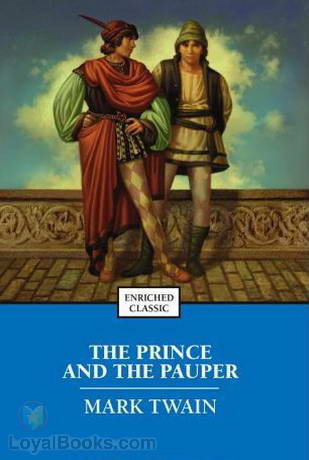
Significant Tudors, Grays, and Dudleys all figure prominently. In contrast, My Lady Jane (2016), by Cynthia Hand, Brodi Ashton, and Jodi Meadows, takes place in a Renaissance fantasy world where royal politics are complicated by the existence of a persecuted minority known as Eðians, who can shift from human into animal form. There is an inconsequential character named Wyatt, but other major figures from the Henrician Court do not get translated. In the unpleasant aftermath of all the messy, linked scandals, however, Henry befriends a beguiling, lowkey barista named Jane Seymour, so things end positively. The revenge scheme brings about a figurative, not literal, beheading. This relationship sparks a smear campaign, organized by the displaced popular kids and facilitated by social media, under the aegis of Henry’s ex-girlfriend Catherine (previously the love interest of his recently deceased older brother Arthur). After Anne transfers to Medina Academy, she starts dating Henry, thereby upsetting the established social order.

This book transports its ill-fated principals to a contemporary American high school. First is Anne & Henry by Dawn Ius (2015).

My talk will share information on two such recent efforts, assessing how they transmute their sources and offering ideas about how one may teach them to students.

Less well known, but quite intriguing, are myriad young adult novels that offer up wildly imaginative takes on climactic moments in sixteenth-century Britain, like The Prince and the Pauper by Mark Twain (1881). Nowadays most scholars are familiar with major modern fictional depictions in books, onstage, or film and tv, a strand of revisionism stretching back to works such as Schiller’s Maria Stuart (1800).

SINCE THEIR INITIAL MYTHOLOGIZED ROYAL ENTRIES, the Tudors have often seemed as legendary as historical.


 0 kommentar(er)
0 kommentar(er)
